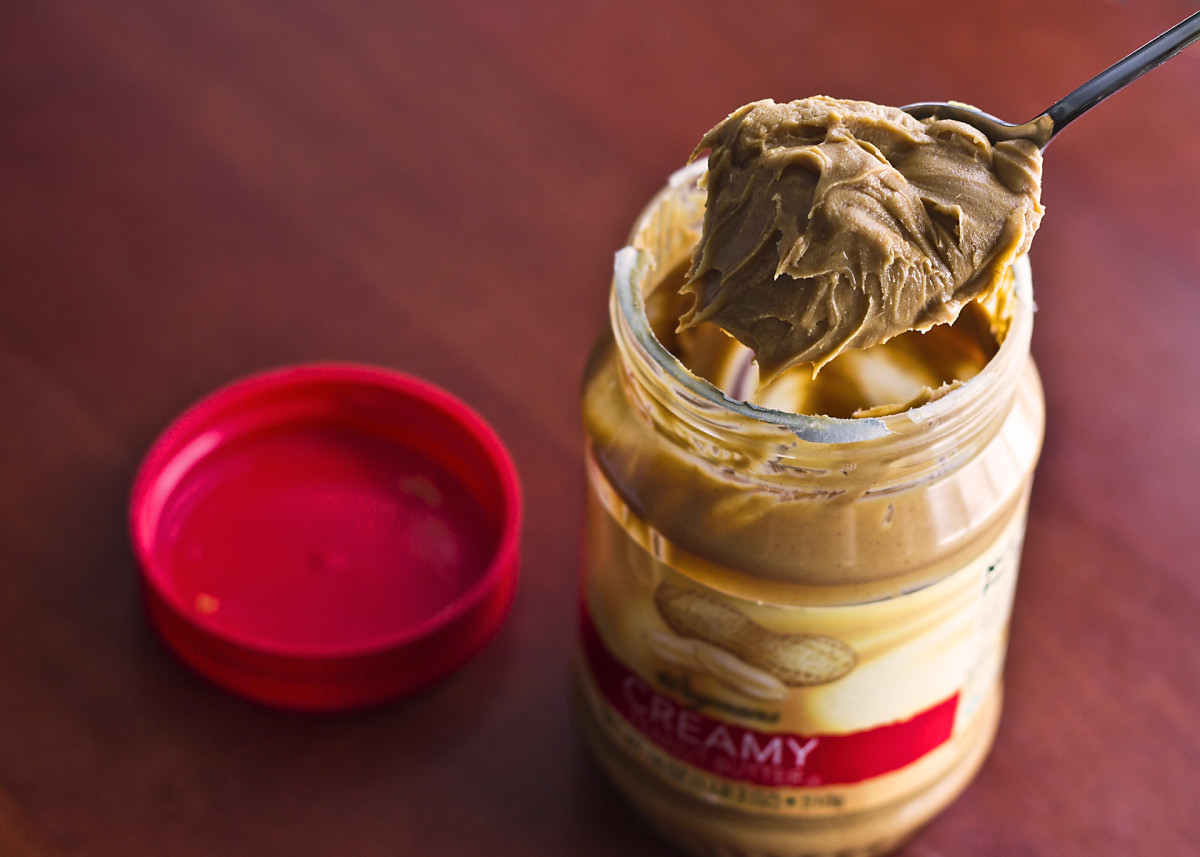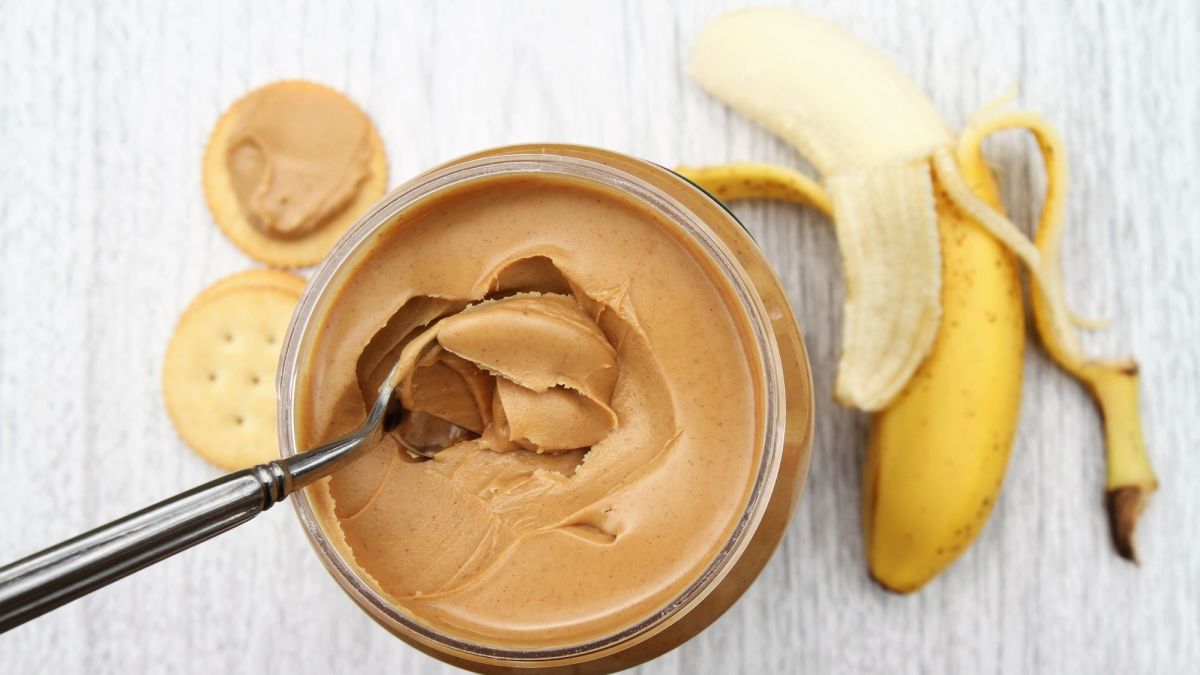How to actually lose weight with no scams, gimmicks or garbage.

As a Personal Trainer and Weight Loss Specialist, perhaps the hardest part of my job is in deprogramming all of the bad information that saturates the internet and mainstream media. Of course I'm talking about all the scam "easy fix" diet products, but the majority of the popular and generally accepted as "legitimate" diets out there are just as bad.
Many of these popular diets actually resemble the habits of someone with an eating disorder more closely than they do those of a healthy and active adult. Most athletes or knowledgeable personal trainers or nutritionists would agree with me that these diets actually proscribe the opposite of what is sensible and necessary to enable long term management of a healthy weight range.
Begin with the end in mind.
For an overweight or obese client, our primary goal is simply to reduce to a healthy bodyweight, ideally while maintaining lean mass. To best achieve this goal, we should "begin with the end in mind". In other words, ask yourself "if I was already at my goal weight and body type, what would I have to do to maintain it?"
When we adopt a strategy required to maintain a particular weight and body composition, it is inevitable that we end up with that weight and and body composition.
Here are my recommendations for determining your nutritional targets towards this end.
Step 1: Determine your current BMR, and estimated amount of calories to maintain current weight.
BMR stands for "Basal Metabolic Rate" and is the amount of calories required just for living and breathing, without any physical activity at all. Think, the amount of calories you would require to maintain your current weight if you didn't so much as roll over in bed all week. We're talking comatose here.
Contrary to what you might read elsewhere, you do not want to consume less than this amount.
To determine BMR we a mathematical formula known as the Mifflin - St Joer Equation, as follows.
BMR for men: 10 x weight (kg) + 6.25 x height (cm) - 5 x age (y) + 5
BMR for women: 10 x weight (kg) + 6.25 x height (cm) - 5 x age (y) - 161.
To estimate the amount of calories required to maintain our current weight, we multiply the BMR by an appropriate activity level. In most cases I would multiply by 1.375 for light activity.
Step 2: Determine goal weight and estimated amount of calories to maintain it.
Or initial goal is simply to go from being overweight or obese, to being in a healthy, normal weight range. To determine this goal weight, we reverse engineer the Body Mass Index equation a little and ask "how much would I weight at a BMI score of 25?"
The formula is as follows;
25 * (Height in cm / 100) 2
It's easier to just find an online BMI calculator and lie about your weight until it tells you that you're in a healthy range.
Estimate the amount of calories required to support this goal weight, as follows:
For men: (10 x weight in kg + 6.25 x height in cm - 5 x age + 5) x 1.375
For women: (10 x weight in kg + 6.25 x height in cm - 5 x age - 161) x 1.375
Step 3: Double check your maths.
Confirm that the amount required to maintain your goal weight is not LESS than your current BMR. We do NOT plan for less than our BMR!
By regularly consuming the amount required to maintain a particular weight (in this case, BMI 25) there can be no other possible outcome than the eventual achievement of that weight.
Step 4: Plan your meals, hit your macros.
Exact ratios will vary from one individual to the next, but to begin with I recommend consuming around 30% of calories from protein, and no less than 20% from fats. Carbohydrates of course will make up the balance, and you should include your recommended serves of fruit and vegetables here.
Use one of the many free online services to plan your meal schedule however is most convenient for you, and then stick to it. As close to your target calories and target macronutrient ratios as possible.
Step 5: Start on a legitimate strength training program.
When we talk about exercise it is still important that we get out of this "calories are bad" mentality. We need to consume enough calories to maintain a healthy weight, and (rather than just wanting to "burn" calories as if they are of no value to us) we need to train in a manner that forces our body to utilise these calories to build a strong healthy body.
Remember that we are consuming an amount of calories to support a healthy weight that is lower than our current weight, so any muscle gain can only occur at the expense of an equivalent amount of fat. As muscle takes up less space than fat, this goes a long way towards achieving our goal physique, as well as our goal weight.
Summary.
For good health and long term, sustainable weight management, excessive calorie restriction and a "calories are bad" eating disorder type mentality is just as ineffective and perhaps even more dangerous than overeating.
Rather than trying to eat as little as possible, your strategy should be to enjoy as much delicious and healthy food as possible, without exceeding the maximum amount to maintain a healthy weight.
Related Articles From This Author
- Why conventional weight loss methods are dangerous and ineffectual
My hub with more details on the dangers of low calorie dieting. - Personal Training In Brunswick
Personal training blog with more great free tips from the same author.








